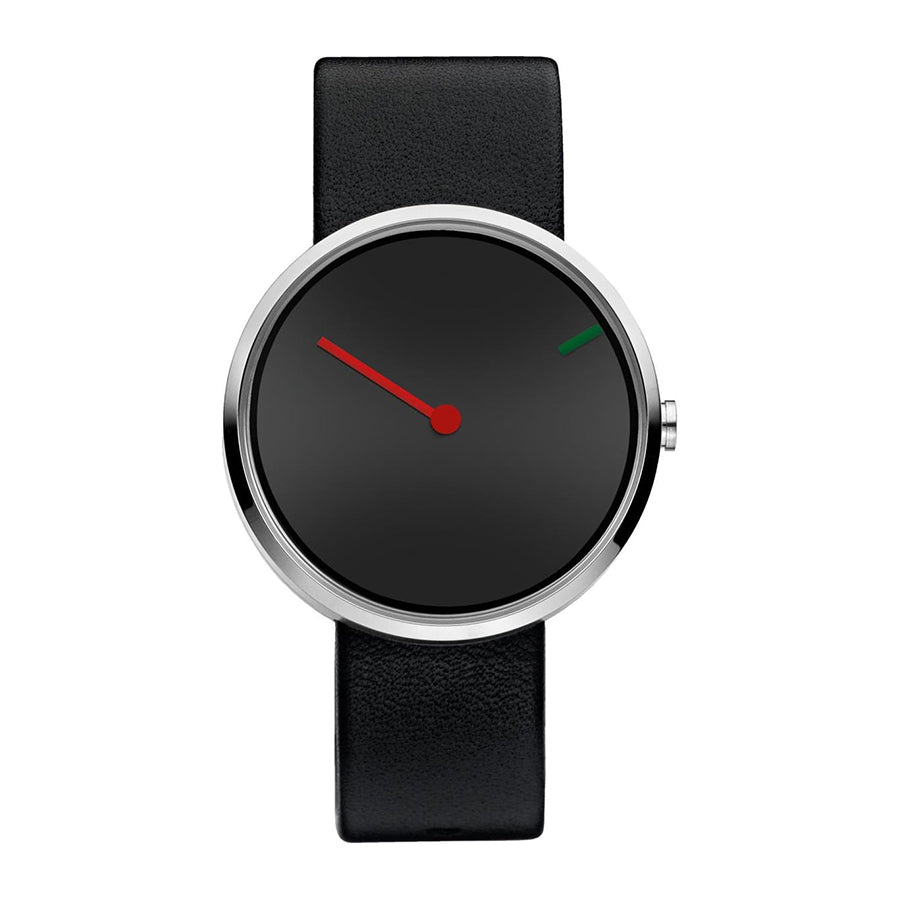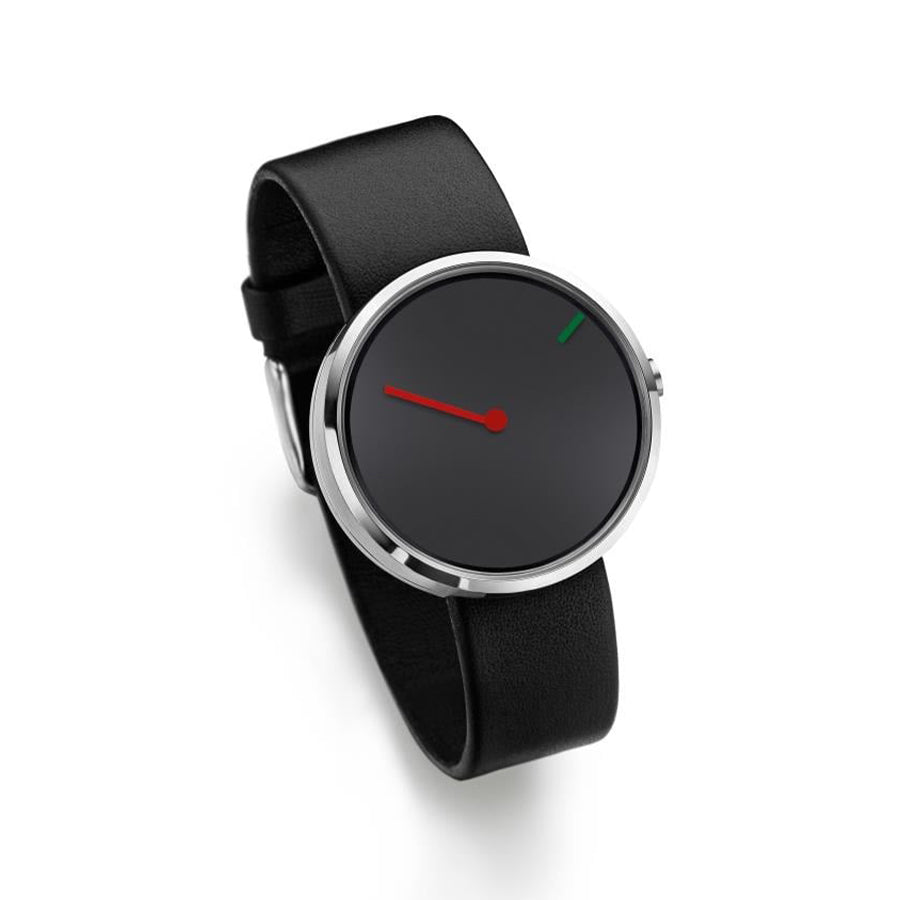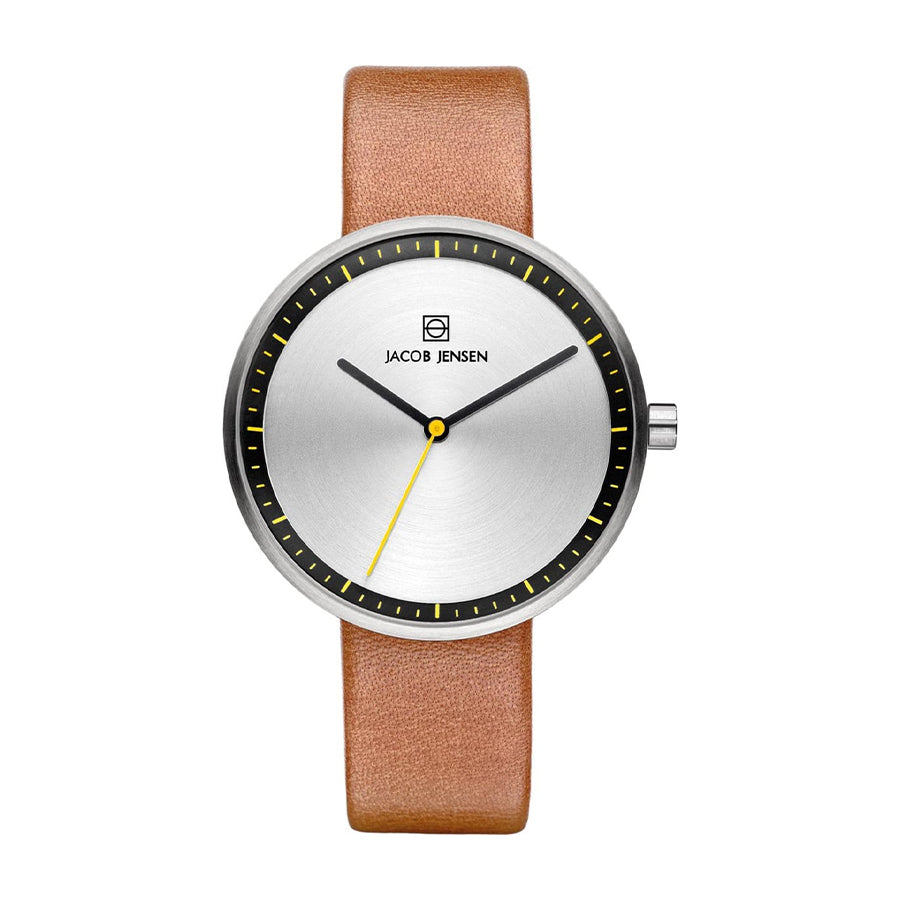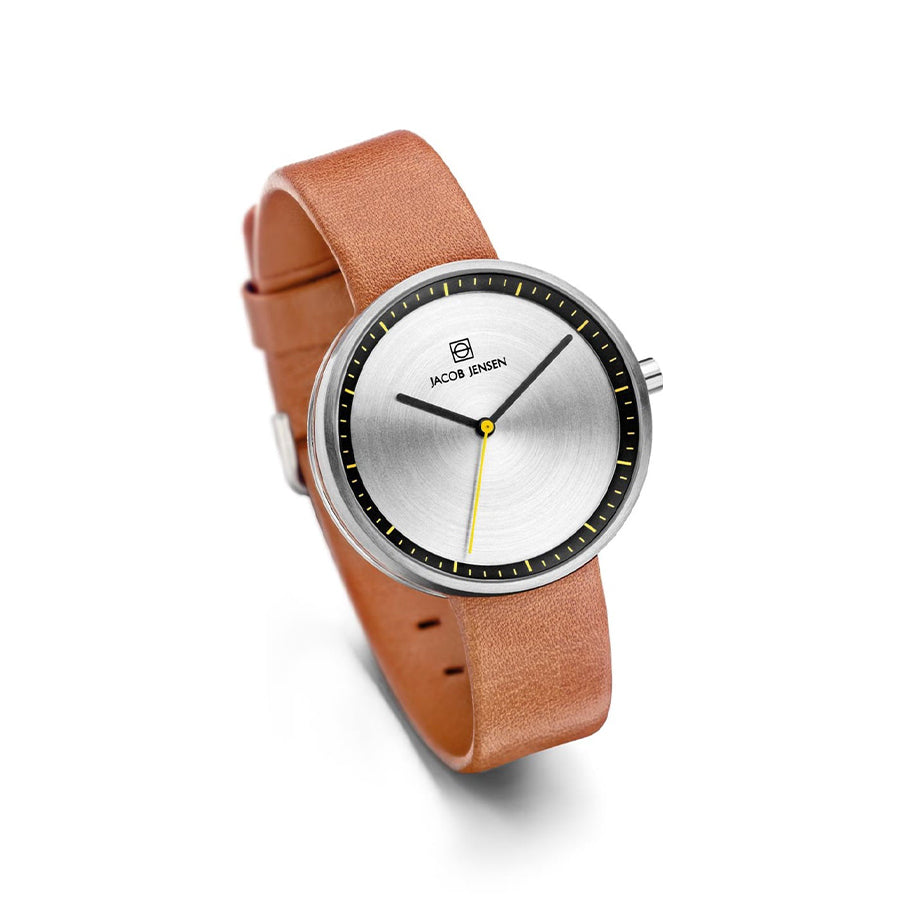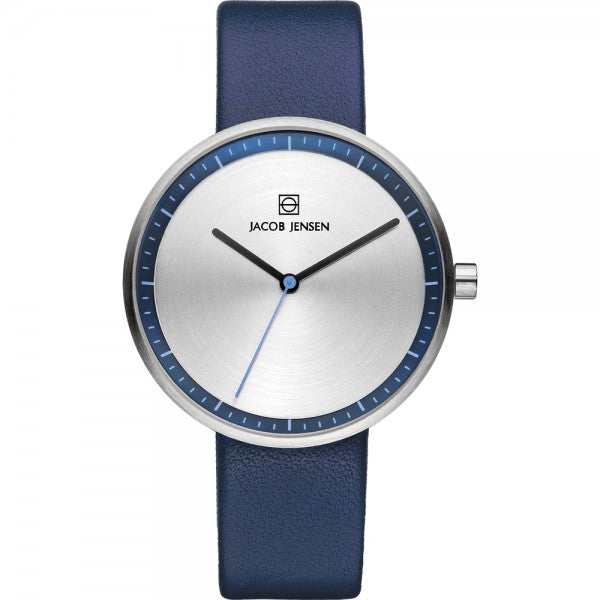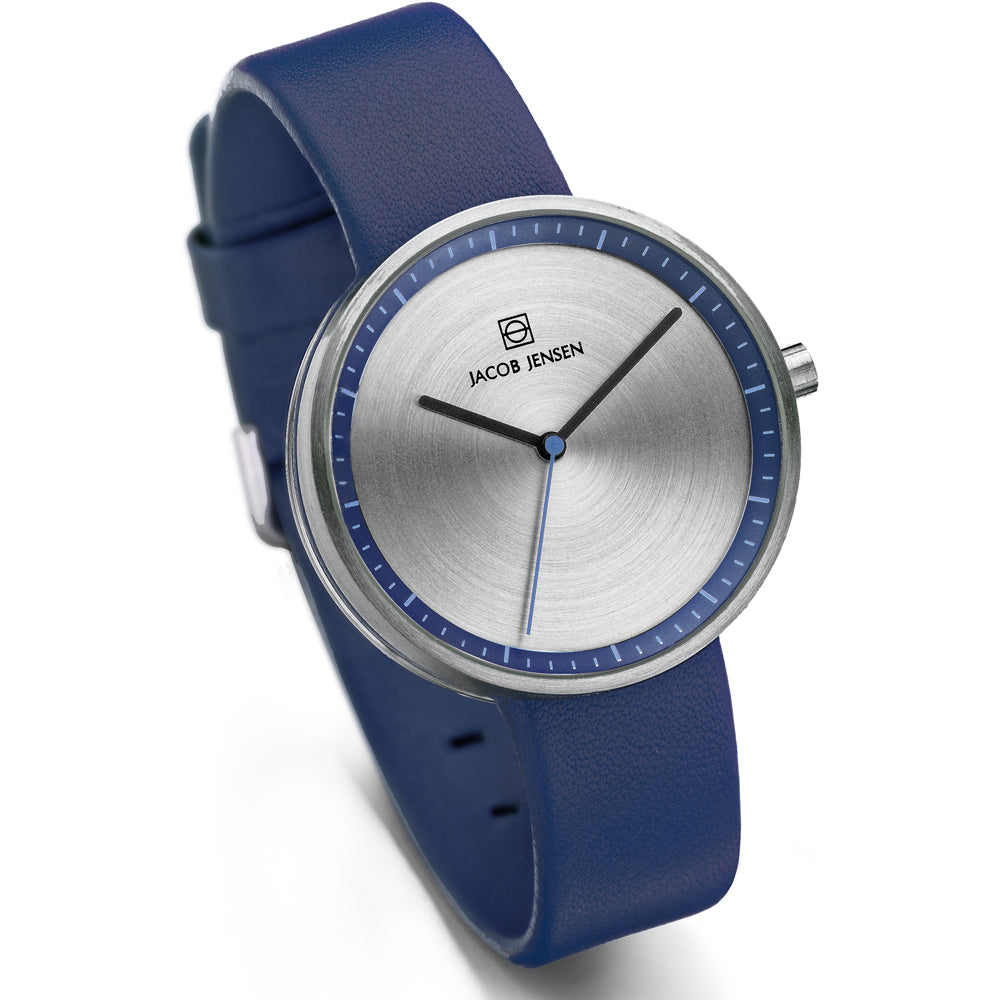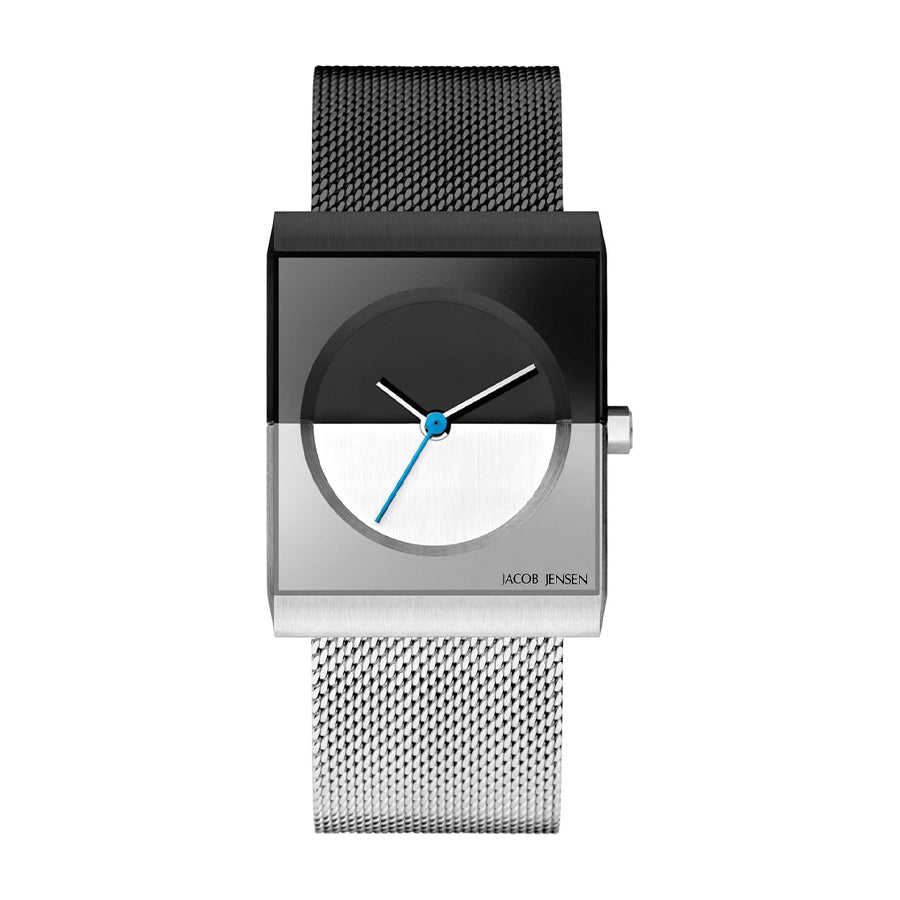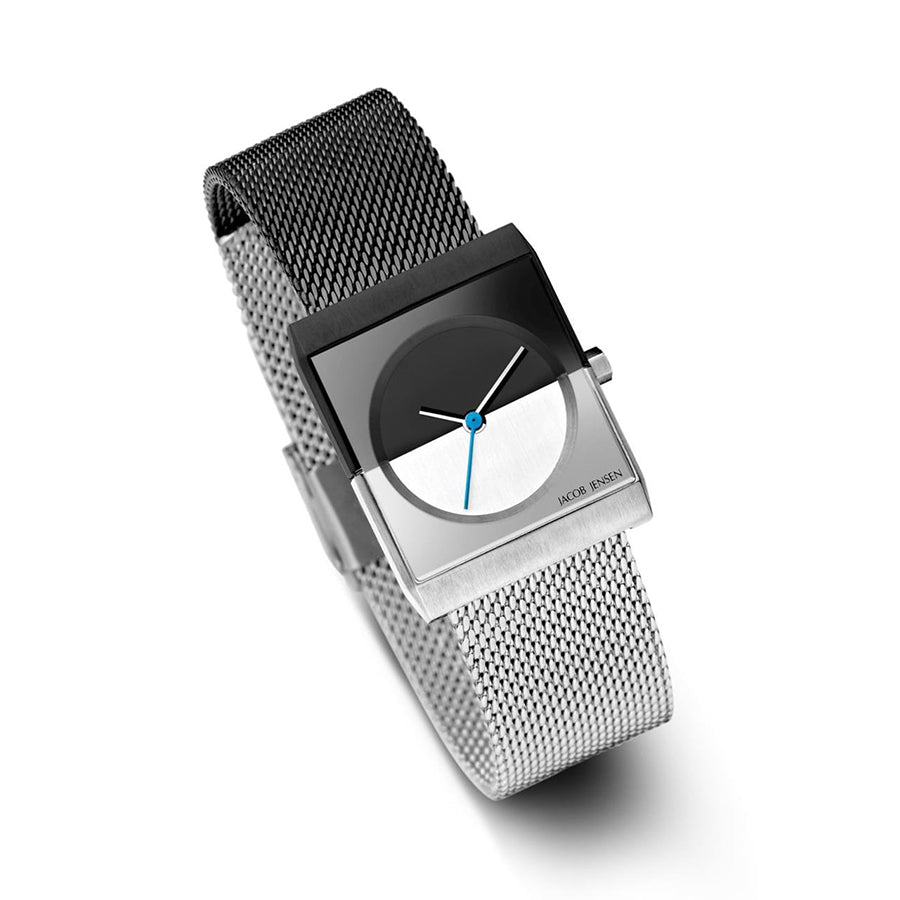Quartz watches
Half a century ago, the quartz movement changed the entire watch industry. The launch of the Seiko Astron in 1969 opened a new era for watchmakers. The watch moved the industry from the individual craftsman to the factory floor. This period is variously called the quartz revolution or a quartz crisis (depending on your personal preference). It is clear that it left the Swiss watchmakers shaking in their boots for ten years. The quartz watch quickly demonstrated that the most effective and accurate way of telling time was not through a complex network of gears, but with a simple crystal, battery and a small motor.
The use of this new watch technology is a big moment for many people, because it disrupted the status quo of the watch world.
Why was the quartz watch revolutionary?
Until the invention of the quartz watch, there were only mechanical watches on the market, a market that was often dominated by Swiss watch brands.
Mechanical watches were sensitive to external influences due to the many complex parts and even the most precise automatic watches had an error of about six seconds per day. Because a quartz watch works with a battery, gravity has no influence on the inner workings, so a quartz watch works just as well when you are deep underwater in a submarine as when you are climbing Mount Everest. A quartz watch also requires much less maintenance - apart from the occasional battery replacement.
But the greatest revolution lay in the core of horology, telling the time. Quartz watches were more precise than the most expensive, most expertly adjusted mechanical watches. The fact that they also cost a pittance of what mechanical watches cost at that time shook the watch world to its foundations.
Watches have this combination of high accuracy and reliability
made accessible to the general public. Where previously a watch or pocket watch was only available to the wealthy, now everyone could afford a watch. The quartz revolution also contributed to the worldwide success of Seiko watches , as they were the founders of this technology.
Five reasons to buy a quartz watch
1. High accuracy
As far as we are concerned, the biggest advantage of a quartz watch is its accuracy. The modern quartz watch has an accuracy of about ten seconds per month, which is much more accurate than an automatic watch, which can achieve at most about six seconds per day.
This high accuracy is achieved with an electronic time measurement consisting of integrated circuits and a moving quartz crystal. These parts are not only accurate, but are also manufactured with a high consistency, so every quartz watch has the same high accuracy.
It depends on the individual how much value someone attaches to this accuracy, many enthusiasts of automatic timepieces have no problem with their watch gaining or losing a few minutes every one to two weeks. But if you are someone who needs perfect timekeeping for your work or hobby, then a quartz watch is certainly the best option.
2. Affordability
The affordability of a quartz watch almost speaks for itself and this is mainly due to the economies of scale of the quartz movement. Because quartz watches can be produced mechanically, costs are reduced. And because of this, in addition to the traditional watch brands, many young brands have emerged that are launching beautiful watches. Danish Design and Bering are good examples of these types of watch manufacturers who, although not at the forefront of developing new watchmaking techniques, do create a unique collection of watches with daring designs and affordable prices.
3. New innovations to choose from
Seiko is not only the founder of quartz technology, in the following years the brand has worked hard on even more innovations that stem from the idea of a quartz watch. This is how the solar watches and the kinetic watches were created.
The kinetic movement uses the energy of a movement that is stored in a quartz battery. And with Solar watches, photovoltaic cells are placed on the dial that convert light into electricity and store this energy in the watch. Would you like to see the advantages and disadvantages of kinetic and solar timepieces side by side? Then read our article kinetic vs solar.
4. Lightweight and thin
Another great feature of a quartz watch is how light it is. Because the quartz movement requires only a minimal number of parts, it has a much lower weight and thinner profile than an automatic movement.
This makes the watch very comfortable to use and suitable for all ages and genders.
Especially with automatic watches, the current trend is to make increasingly larger watches, which only increases the difference. Our Seiko Suma, for example, has a case with a diameter of 44 mm and a considerable weight. Compared to our quartz watches, this can be tiring to wear for long periods of time.
In addition, many of our customers prefer a flat and light watch. This is easier to combine with clothing, for men it is easier with a suit or shirt. And for ladies, a nice watch can be combined well with other jewelry. This is also clearly reflected in our collection, Bering makes beautiful quartz watches with a watch case of less than 7 mm high. View our collection of Bering watches here.
5. Easiest to use
Bottom line, quartz watches are especially easy to use. The technology of automatic watches is something that we as watch enthusiasts can really enjoy. But an automatic watch will never beat a quartz watch in terms of ease of use. With an automatic watch you have to check whether it moves or not (because the power reserve may be empty) and compare it with a telephone to see if the time is correct. With a quartz movement this is not necessary, if you take the watch out of the case and it is running, you know that it is in good condition, as quartz watches have almost no movement.
In addition, a quartz watch requires less maintenance than an automatic timepiece. Because there are fewer moving parts in the timepiece, there is simply less that can break. The industry standard is that an automatic watch needs servicing between three and five years. Depending on the manufacturer, a quartz watch needs maintenance around ten years.















































